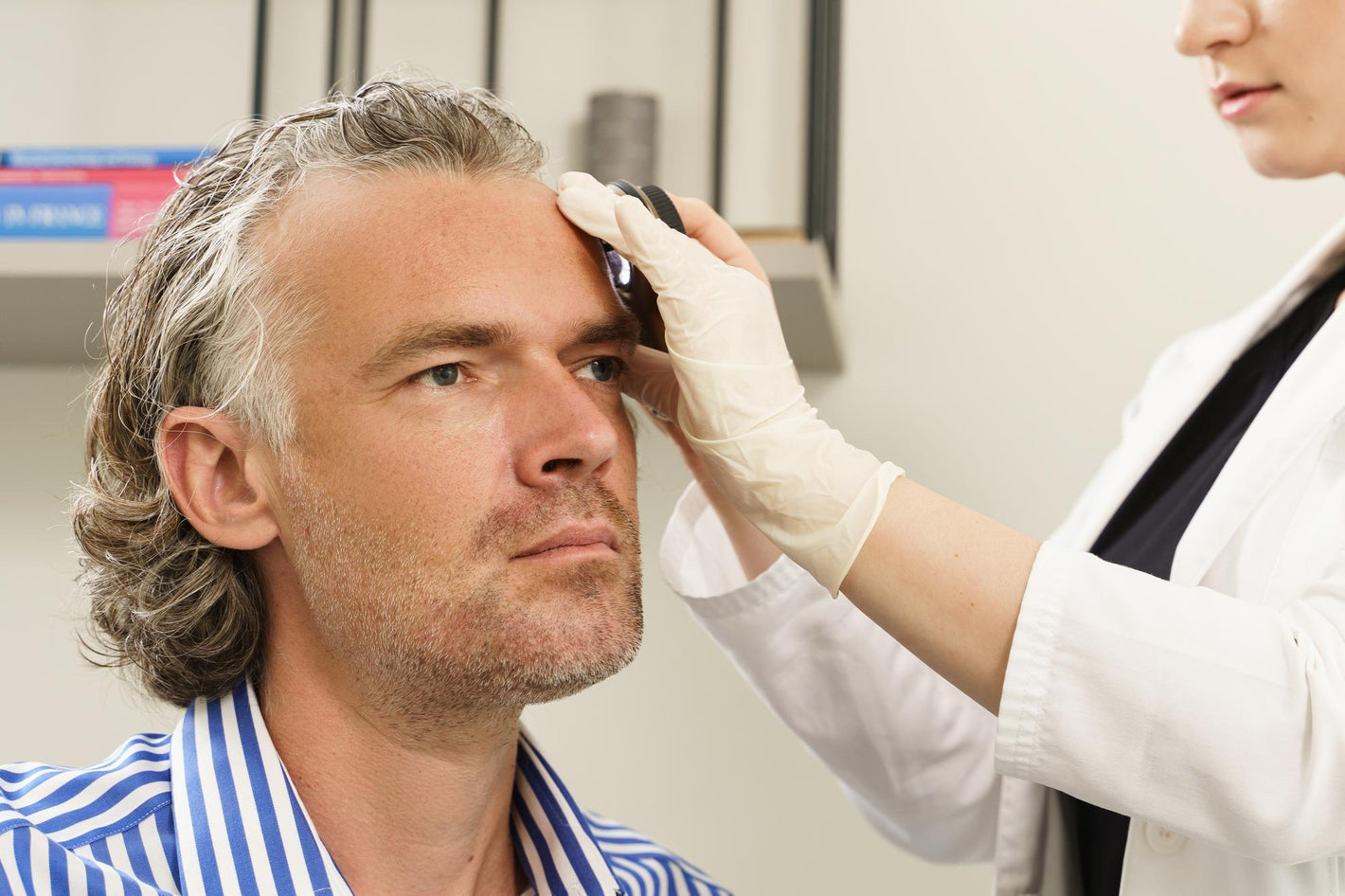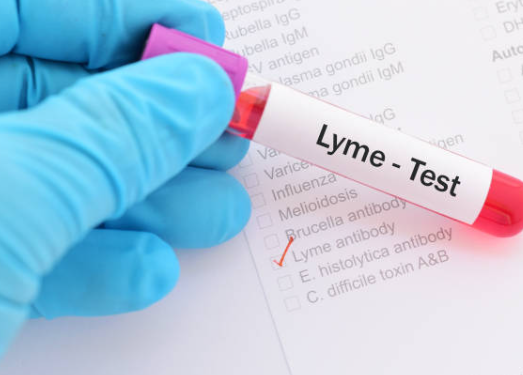Can Lyme Disease Affect the Face?



Also known as Borreliosis, Lyme disease is a bacterial infection transmitted to humans through the bite of an infected tick. While the disease is most commonly associated with symptoms like fever, fatigue, and joint pain, it can also impact the face. In this article, we will explore how Lyme disease can affect the face and the symptoms and treatment options for this condition.
Lyme disease can affect the face in several ways.
The swelling of the face or neck is known as lymphedema, which can occur when its causative bacteria spread to the lymph nodes in the face, causing them to become swollen.
Lyme disease can also cause a rash on the face, which can range in size and appearance. Some people may develop a "bull's-eye" rash, a circular rash with a red outer ring and a clear centre. Others may develop a more diffuse rash that covers a larger area of the face. Flu-like symptoms like fever, chills, body aches and fatigue may accompany the rash on your face.
In rare cases, Lyme disease can also cause facial nerve palsy, a condition in which the muscles on one or both sides (bilateral facial palsy) of the face become weak or paralyzed. This can result in drooping of the eyelid, mouth, or corner of the mouth and can cause difficulty speaking or swallowing. The facial paralysis may resolve on its own with time and treatment. However, the paralysis may sometimes be permanent or only be partially resolved, leading to persistent or permanent facial muscle tightness or weakness.
Bacteria called Borrelia burgdorferi are the causative agent of this disease. This microorganism is transmitted to humans through the bite of infected ticks. Ticks become infected with these bacteria when they feed on the blood of infected animals, such as deer or mice.
When an infected tick bites a human, it can transmit the bacteria into the bloodstream. The bacteria can then multiply and spread throughout the body, causing Lyme disease symptoms. The most common include rash, flu-like signs, joint swelling and pain, neurological symptoms, and in rare cases, heart problems like an irregular heartbeat or inflammation of the heart muscle. These symptoms may not be true for all patients and may vary from one person to another in terms of severity.
Read more: What does a tick bite look like?

Lyme disease can be categorized into three stages: early localized, early disseminated and late disseminated.
This stage of Lyme disease occurs within the first few weeks after a tick bite. Symptoms may include a characteristic rash (erythema migrans or EM) and flu-like symptoms. At this stage, the infection is usually confined to the area around the tick bite and can be effectively treated with antibiotics.
Check for any presence of bacteria in your body using this test kit.
Suppose the infection is not treated during the early localized stage. In that case, it can spread to other parts of the body, leading to the early disseminated stage of the disease. Symptoms at this stage may include additional rashes, joint pain, and neurological symptoms such as facial nerve palsy or numbness and tingling in the hands or feet.
If the infection is still not treated, it can progress to the late disseminated stage after the initial tick bite. Symptoms at this stage may include chronic joint inflammation, nerve damage, and cognitive problems.
If left untreated, Lyme disease can cause severe complications and long-term health problems, including:
Joint inflammation (Lyme arthritis)
Nerve damage
Cognitive problems
Heart problems, in rare cases
Chronic fatigue syndrome
Sleep disturbances
Read more: Can Lyme disease kill you?
Your doctor will diagnose Lyme disease usually based on a combination of factors, including a patient's symptoms, a history of tick bites or exposure to areas where ticks are found, and the results of laboratory tests.
Lyme disease is usually treated with antibiotics, which can be taken orally or intravenously. The specific type and duration of treatment will depend on the infection's severity and the disease's stage.
A course of oral antibiotics, such as doxycycline, amoxicillin, or cefuroxime, is typically taken for 2-4 weeks.
Intravenous antibiotics may be given for a more extended period, usually 2-4 weeks.
Treatment may be more complex and involve a combination of medications and supportive care. This may include medications to reduce inflammation or pain, physical therapy or other forms of rehabilitation to help improve mobility and function.
It is vital to complete the entire course of treatment as prescribed by a healthcare provider to effectively treat Lyme disease and prevent the infection from returning.
Read more: What Is Phenoxymethylpenicillin Used For?
The incidence of Lyme disease can be reduced through the following:
Education that aims to increase public awareness about the risks of tick bites and the importance of preventive measures
Implementing tick control measures in areas where ticks are prevalent
Monitoring the incidence of Lyme disease through surveillance programs
Funding and supporting research on Lyme disease
Partnerships and collaboration with local and state health departments, as well as other organizations working in the field of public health
Lyme disease is a bacterial infection. It is transmitted from infected ticks to people through the bites of ticks themselves. It is caused by bacteria called Borrelia burgdorferi and is most commonly found in the United States and Europe. Lyme disease can affect the face in many ways, including lymphedema, a rash, and facial nerve palsy. If you are suffering one or more of these symptoms or have been bitten by a tick, it is crucial to see a healthcare provider as soon as possible. With prompt treatment, most patients diagnosed with Lyme disease can fully recover.
You can identify the bacteria in your body by using this Lyme disease blood test.










Plus get the inside scoop on our latest content and updates in our monthly newsletter.